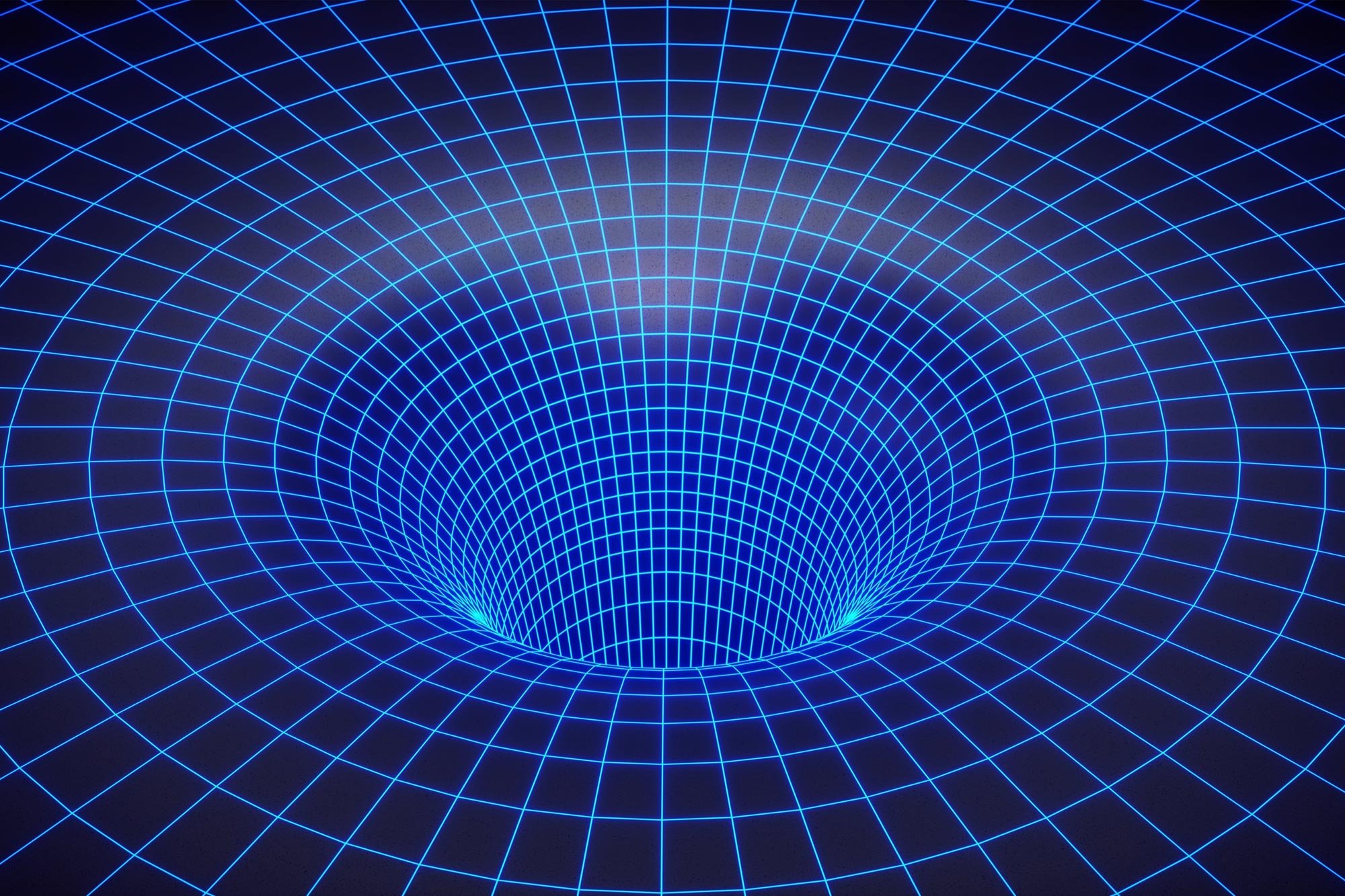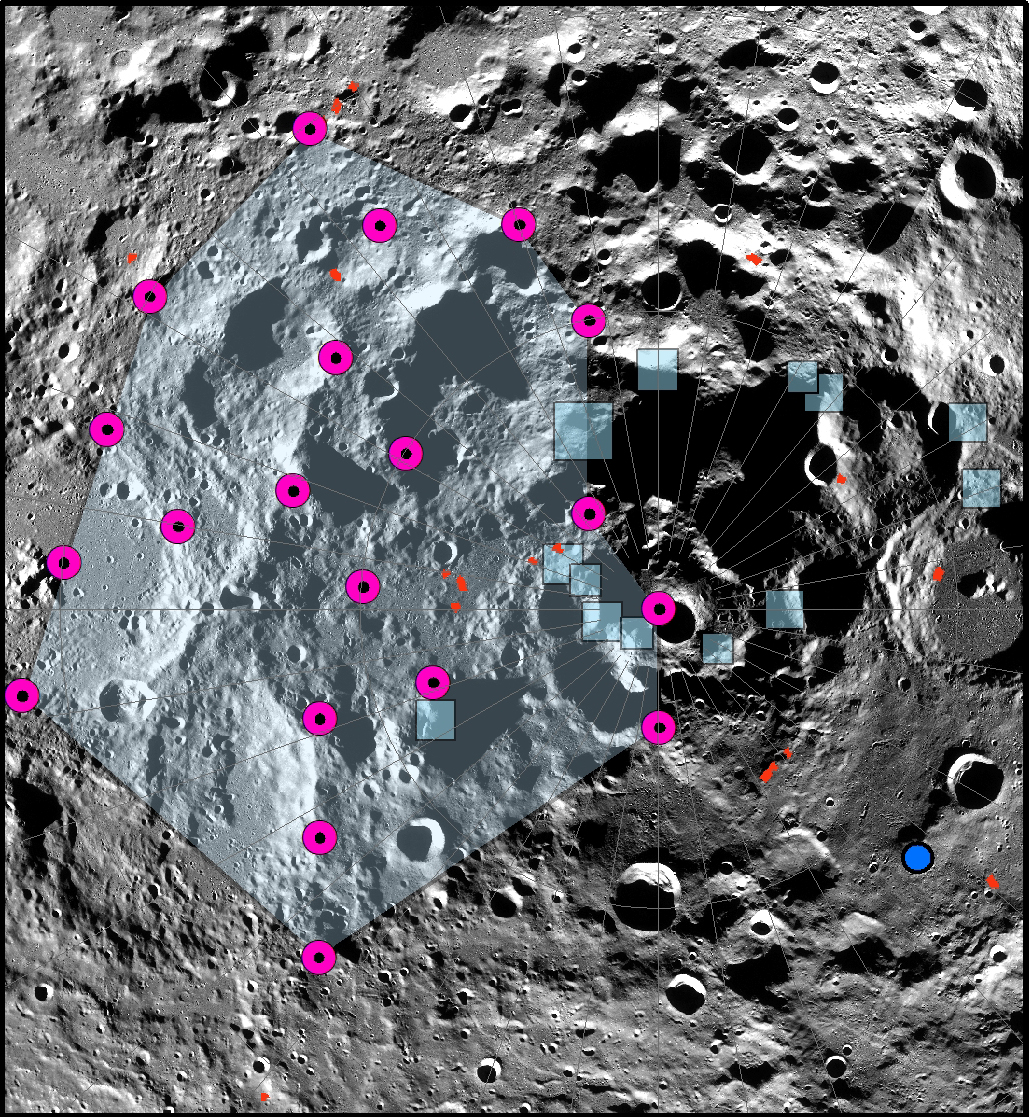Neandertals are not distinct from modern humans. Like them, modern humans demonstrate lumbar lordosis, a ventral convexity of the lower back that counters the kyphotic curve and contributes to the sinusoidal curvature of the human spine.
This configuration evolved to balance and stabilize the upright trunk over two legs and dissipate loads through the vertebral column, pelvis, and lower limbs during bipedal posture and locomotion.
Over time, specifically after the onset of industrialization in the late 19th century, increased wedging has been observed in today’s humans’ lower backbones. This change may relate to higher back pain and other back-related ailments.
A team of anthropologists has suggested that examining the spines of Neandertals may explain back-related ailments experienced by humans today.
Past research has shown that people- in urban areas and especially in ‘enclosed workshop’ settings where employees maintain tedious and painful work postures- are more likely to experience low back pain. Scientists mainly examined spines from humans who lived in the post-industrial era. Hence, they have mistakenly concluded that spine formation is due to evolutionary development rather than changed living and working conditions.
In this new study, scientists examined both pre-industrial and post-industrial spines of male and female modern humans to address this possibility. They obtained a sample from more than 300 spines, totaling more than 1,600 vertebrae—along with samples of Neandertal spines.
They found that spines in post-industrial people showed more lumbar wedging than those in pre-industrial. The Neandertals’ spines were more different than those in post-industrial people but not from pre-industrial people.
Most importantly, no significant difference was found to link geography within samples from the same era.
Scott Williams, an associate professor in New York University’s Department of Anthropology, said, “A pre-industrial vs. post-industrial lifestyle is the important factor. Because lower back curvature comprises soft tissues (i.e., intervertebral discs), not just bones, it cannot be ascertained that Neandertals’ lumbar lordosis differed from modern humans.”
“The bones are often all that is preserved in fossils, so it’s all we have to work with.”
“Diminished physical activity levels, bad posture, and the use of furniture, among other changes in lifestyle that accompanied industrialization, resulted, over time, in inadequate soft tissue structures to support lumbar lordosis during development.”
“To compensate, our lower-back bones have taken on more wedging than our pre-industrial and Neandertal predecessors, potentially contributing to the frequency of lower back pain we find in post-industrial societies.”
Journal Reference:
- Scott A Williams et al. Inferring lumbar lordosis in Neandertals and other hominins. DOI: 10.1093/pnasnexus/pgab005
Note: This article have been indexed to our site. We do not claim legitimacy, ownership or copyright of any of the content above. To see the article at original source Click Here













